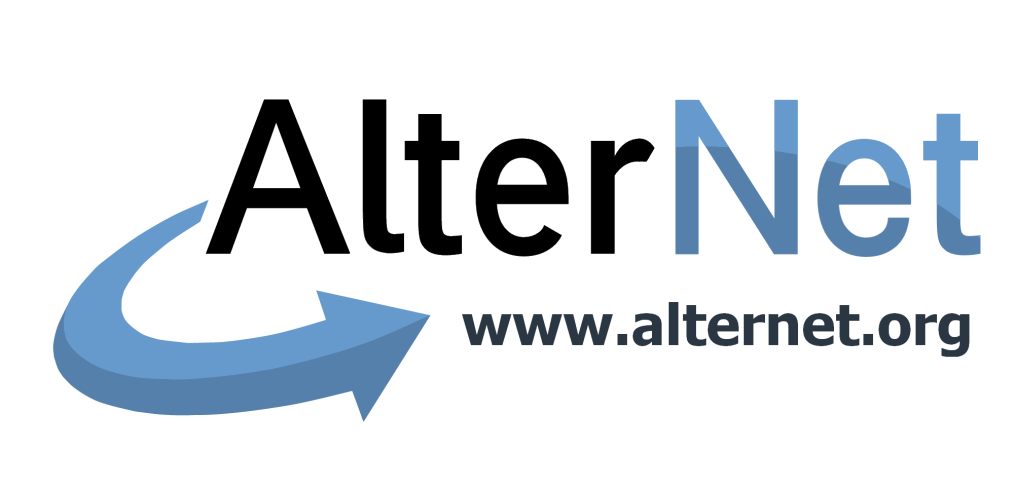
Alternet – How You Can Use the Media to Fight for the Change You Believe In
You’re passionate about social change and you’ve found a brilliant solution, but how do you let the world know? You could try shouting from your rooftop, but a much more effective tactic would be planning a media campaign. After a decade of using the media for social change, at Ripple Strategies we’ve come up with eight key questions everyone should answer to help shape successful media campaigns.
1. What are your short- and long-term goals? Everyone wants to raise awareness, inspire action and see change, but be as specific as possible. Dream big, but also establish some very defined goals to strive for (e.g. get # people to sign-up for X; get front page placement on X; etc). For long-term goals, consider how you can get there incrementally and map out realistic milestones.
2. Who is the target audience? Who needs to take action? Oftentimes, this can encompass a variety of demographics (e.g. moms, legislators, investors, etc). Try to be as specific as you can about each possible target so you can best identify “where they are” (or more so, where they are getting their information) and what they care about. This is key to crafting effective messaging and knowing where to try getting placement.
3. What’s the “hook”?Why should people care about what you have to say or sell? Are there conversations or events already happening that relate to what you have to say? Find context to create relevance.
4. What are the key messages? Your key messages should reflect both the problem and your proposed solution. Keep these ideas in mind:
- Frame things based on what your target audience understands or wants. Find shared values to create psychological and emotional relevance that compels action.
- Use personal narratives to create a tangible picture of the problem and/or solution.
- Use meaningful facts. Statistics are useful, but only in context. Consider carbon dioxide emissions from home energy use as an example. Here’s the same fact in two different contexts: (1) The average U.S. household releases about 1.3 pounds of carbon dioxide for every kilowatt-hour of electricity used. (2) The average U.S. home releases about 15,000 pounds of carbon dioxide emissions per year for electricity. The second iteration has far more meaning.
- If it’s relevant, consider a campaign name. A short, catchy title can go a long way towards establishing yourself in people’s minds. Create a meme.
Don’t underestimate the importance of investing time in creating strong key messages. They become the foundation of your entire campaign and create a cohesive voice through everything you do.
5. What materials do you need to develop? Reports, fact sheets, articles, blog posts, Tweets, videos, infographics, the options are almost endless these days. What are the best tools to inform and empower your audience?
6. Who are the best spokespeople?Identify articulate experts, people impacted by the problem you’re trying to solve, people who have experienced the solution, and supportive influencers. Be thoughtful and consider how your target audience might respond to your spokespeople and whether or not your chosen spokespeople have the capacity and availability to be good ambassadors of your message.
7. What action do you want people to take? Different stakeholders may need to take different actions, so adapt your messages to each specific audience where necessary. Also, be sure your call-to-action is very clear. Present a tangible solution.
8. What are the most appropriate metrics of success? If you created specific goals in step 1, you should already have some metrics in mind. But, measuring “success” can also be quite nebulous. Expect that often you’ll find impacts where you least expect them. Try to capture every metric possible, watch for every mention of your campaign, and see where results come from.
Answer these eight questions as thoughtfully and detailed as you can and you’ll have a solid foundation for launching a successful media campaign. Want help with the next steps? Check out our new report, “The Ripple Effect: How to Use the Media for Social Change.”
